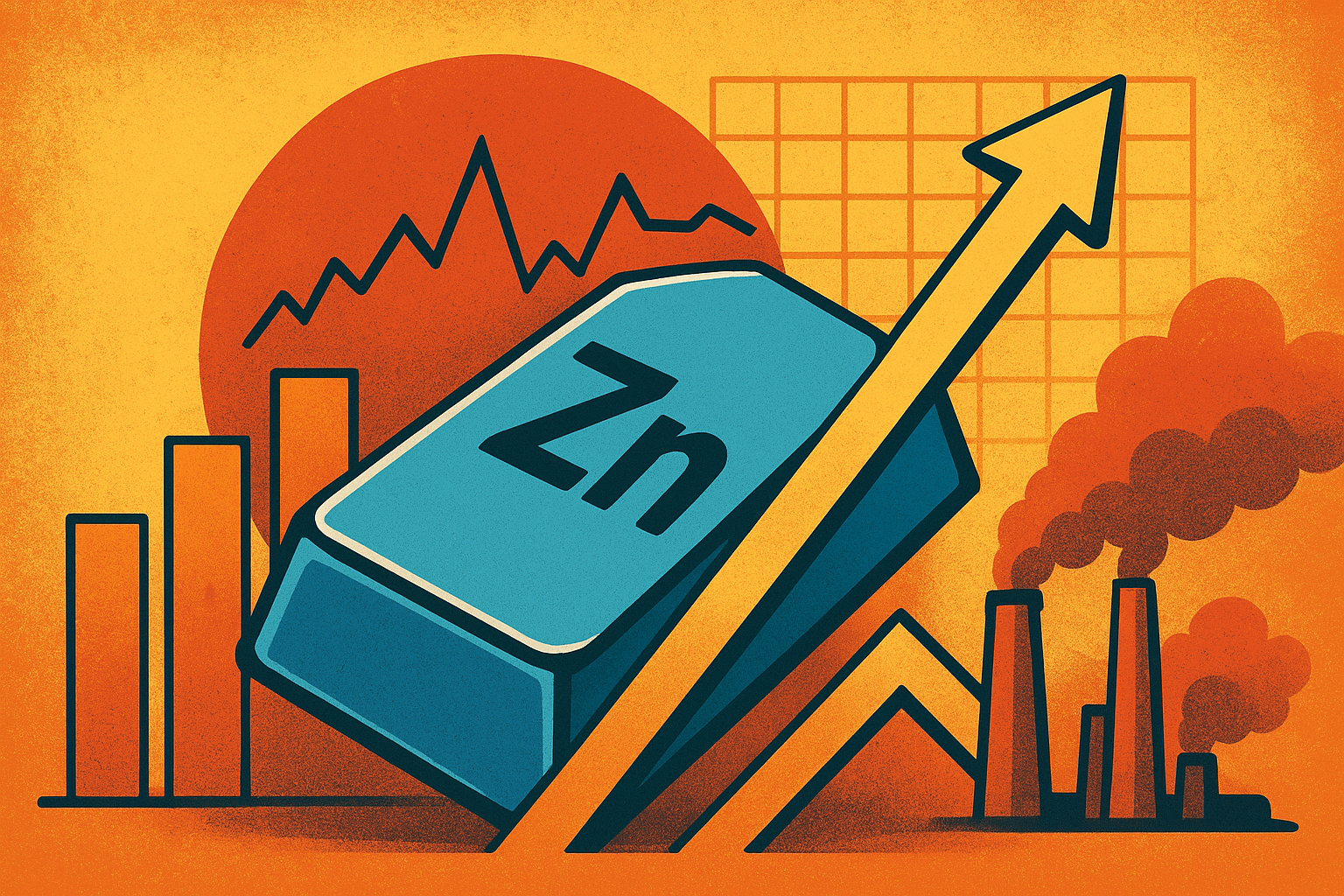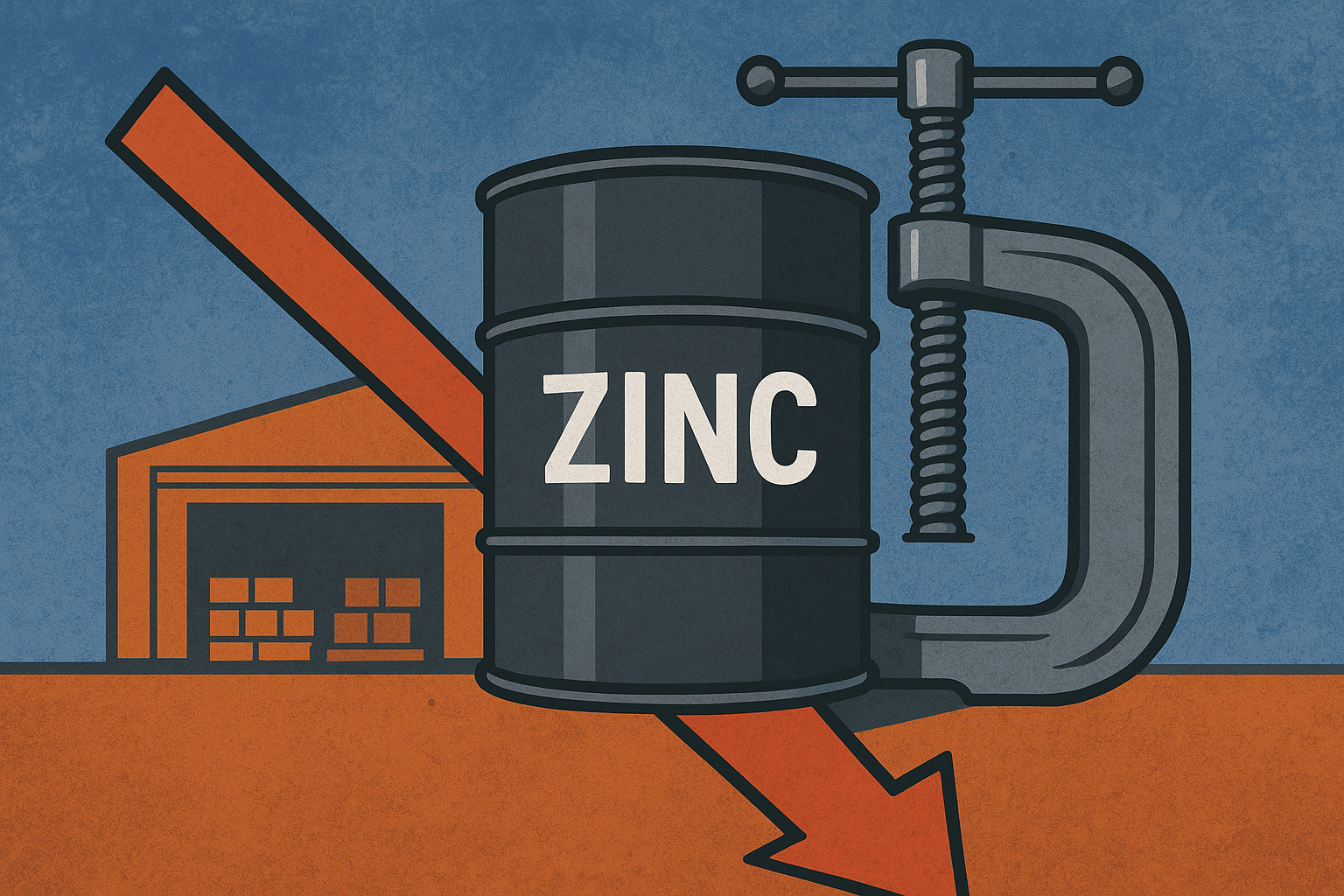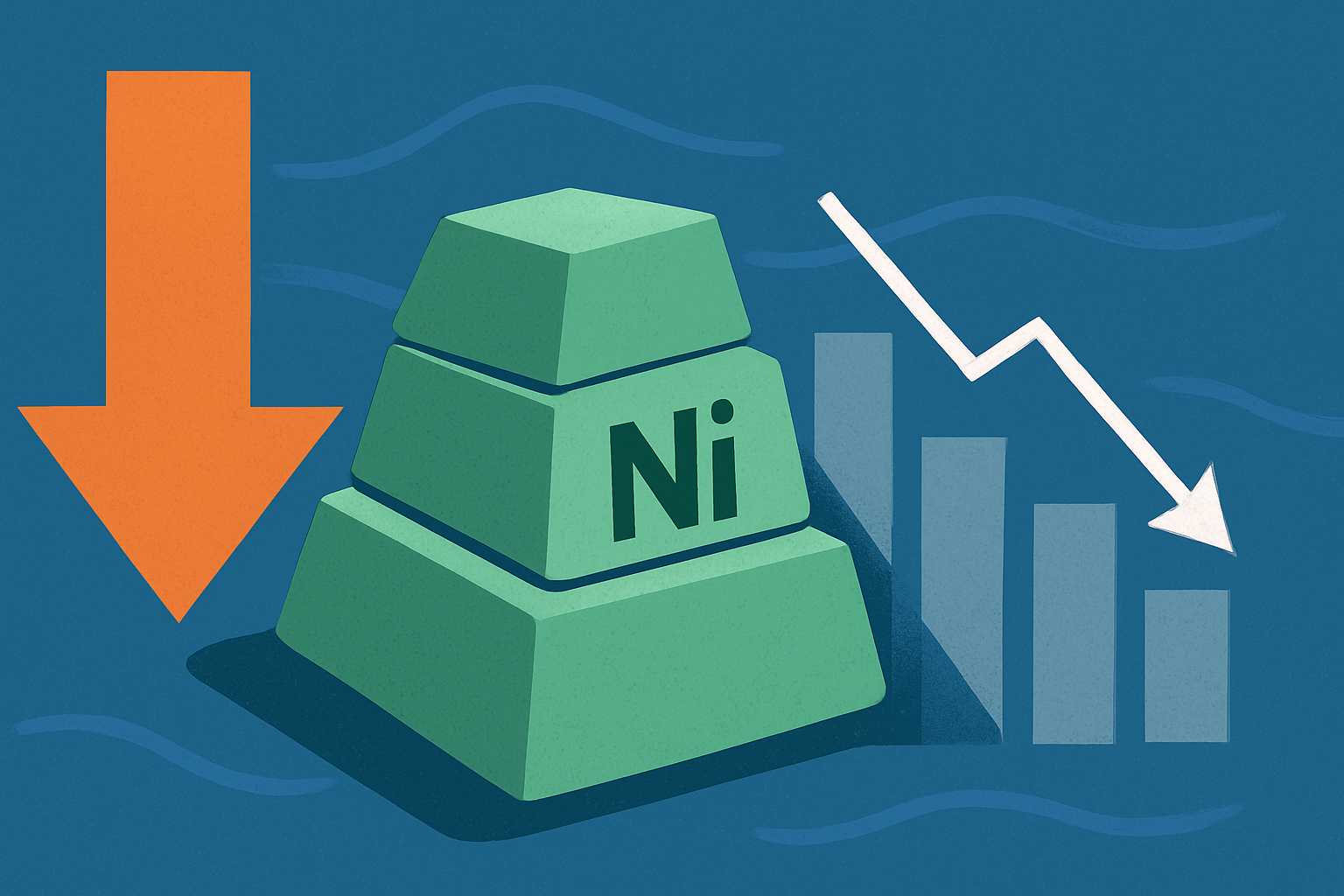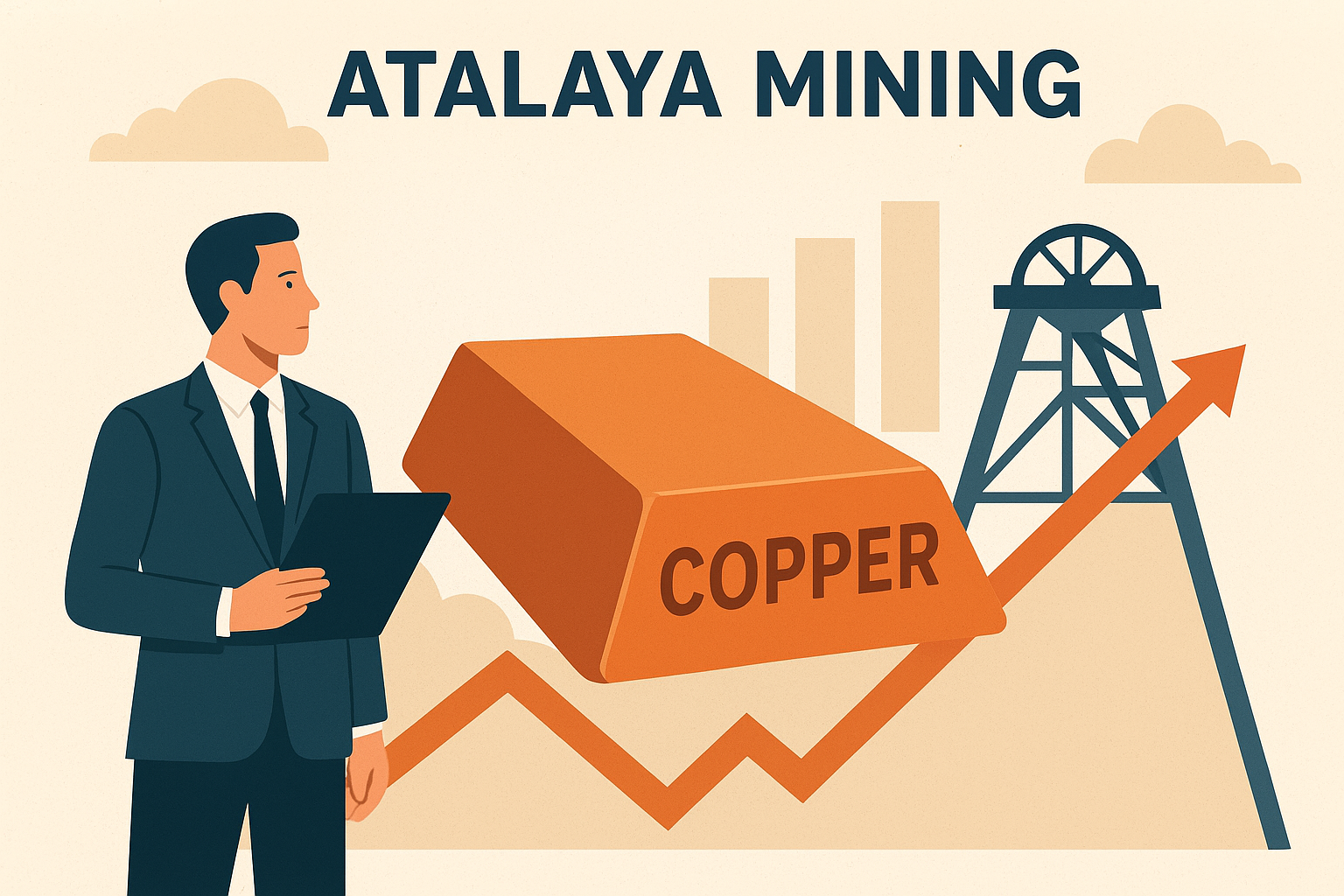As base metal markets heat up, zinc has emerged as one of the standout performers this week, breaking above $3,015 per tonne on the London Metal Exchange (LME) — its highest level in months. The rally, though modest at just over 1%, underscores growing concern among traders and analysts over tightening refined zinc supplies amid ongoing smelter bottlenecks and persistently low inventories.
For investors, this sudden upswing signals renewed momentum in a sector that has spent much of the year lagging behind copper and nickel. But the question remains — is this the start of a broader uptrend or just another technical rebound in an otherwise fragile metals market?
Zinc Market Tightens as Inventories Fall
According to Investing.com India, LME zinc inventories continue to dwindle, even as global mined output shows a 6.3% year-on-year increase. The core issue lies downstream: refined zinc output has not kept pace due to smelter maintenance outages, high energy costs, and constrained treatment capacity in regions such as Kazakhstan, Brazil, and Japan.
Traders say that smelter throughput in China — the world’s top zinc refiner — is being stretched thin. Analysts at Reuters note that Chinese treatment charges (TCs) have fallen sharply, signaling a tightening concentrate market. This, in turn, reflects rising costs for refiners and less incentive to ramp up production quickly.
With global inventories hovering near multi-year lows, the LME warehouse system has seen a significant decline in available stocks, pushing the market further into a supply deficit. For context, total LME zinc stocks are down more than 40% year-to-date, leaving little cushion against disruptions.
Why This Matters for Investors
The zinc story isn’t just about near-term price movement — it’s a broader reflection of supply-chain fragility in industrial metals. Zinc’s role as a galvanizing agent in steel production makes it a bellwether for construction and infrastructure demand, particularly in China, India, and Southeast Asia.
However, the outlook for demand remains uncertain. China’s property sector — historically a major consumer of zinc-coated steel — continues to face pressure from slow construction starts and weak financing conditions. Analysts at Bloomberg Intelligence caution that, without a rebound in Chinese real estate and infrastructure spending, sustained upward price momentum could be difficult to maintain.
Yet, the structural picture is improving. Global governments are prioritizing infrastructure renewal and grid modernization, both of which require zinc-intensive materials. The World Bank’s Metals and Minerals Outlook (2025) forecasts modest but consistent demand growth through 2026, supported by public spending and a rebound in manufacturing investment.
Future Trends to Watch
- Smelter Capacity Recovery:
Any restart or expansion of refining operations — especially in China or Europe — could ease supply pressure and bring prices down. Watch for updates on smelter utilization rates in Q4 reports from Nyrstar, Vedanta Zinc India, and Boliden. - Energy Prices & Operating Margins:
High energy costs have been a persistent headwind for zinc smelters. A decline in power prices could improve profitability and support refined output, softening current tightness. - Chinese Demand Dynamics:
The health of China’s construction and manufacturing sectors will remain the key demand determinant. If Beijing deploys further fiscal stimulus in 2025, it could provide the next leg higher for zinc. - Macroeconomic Risk:
Broader risk appetite, the strength of the U.S. dollar, and interest rate expectations will also influence base metal sentiment. With gold and silver breaking records, there’s renewed rotation into commodities as a hedge — zinc could benefit as part of that basket.
Key Investment Insight
While zinc’s latest move above $3,015/t is encouraging for bulls, the rally may face short-term resistance. Technical indicators suggest an overbought condition, and traders are wary of profit-taking if macro sentiment cools.
However, for medium-term investors, this market presents an opportunity to gain exposure to a metal with tightening fundamentals and limited new supply coming online. Mid-cap producers like Nyrstar, Vedanta, and Teck Resources could see earnings upside if zinc prices remain elevated through Q4.
Exchange-traded funds (ETFs) tracking industrial metals, or diversified miners with zinc exposure, may also provide balanced access with less volatility.
Stay Ahead with ExplorationStocks
As global markets adjust to shifting supply chains and new industrial demand cycles, investors who track base metal fundamentals will be best positioned to anticipate opportunity. Stay connected with ExplorationStocks.com for real-time updates on zinc, copper, and critical mineral trends shaping the commodities investment landscape.






